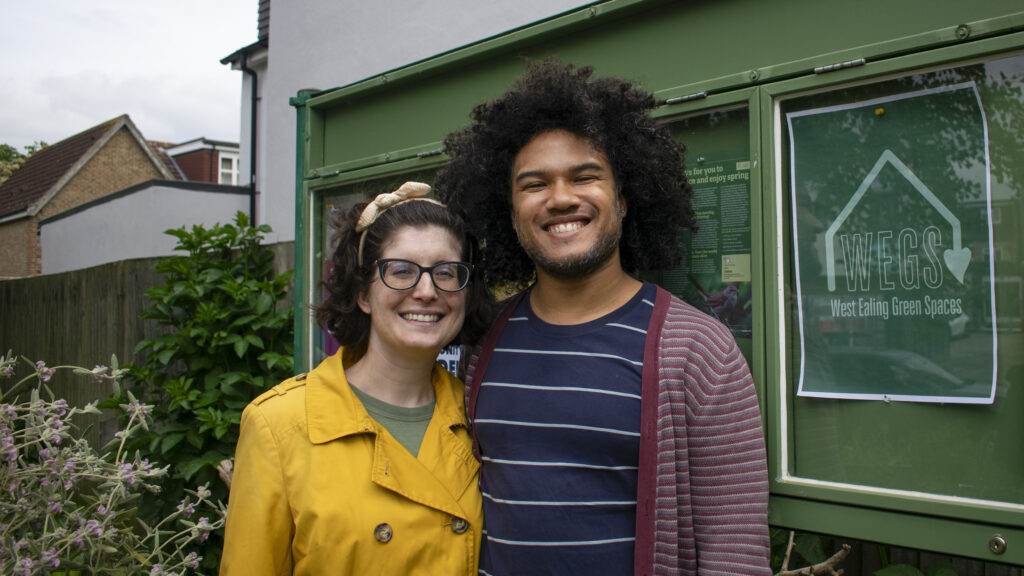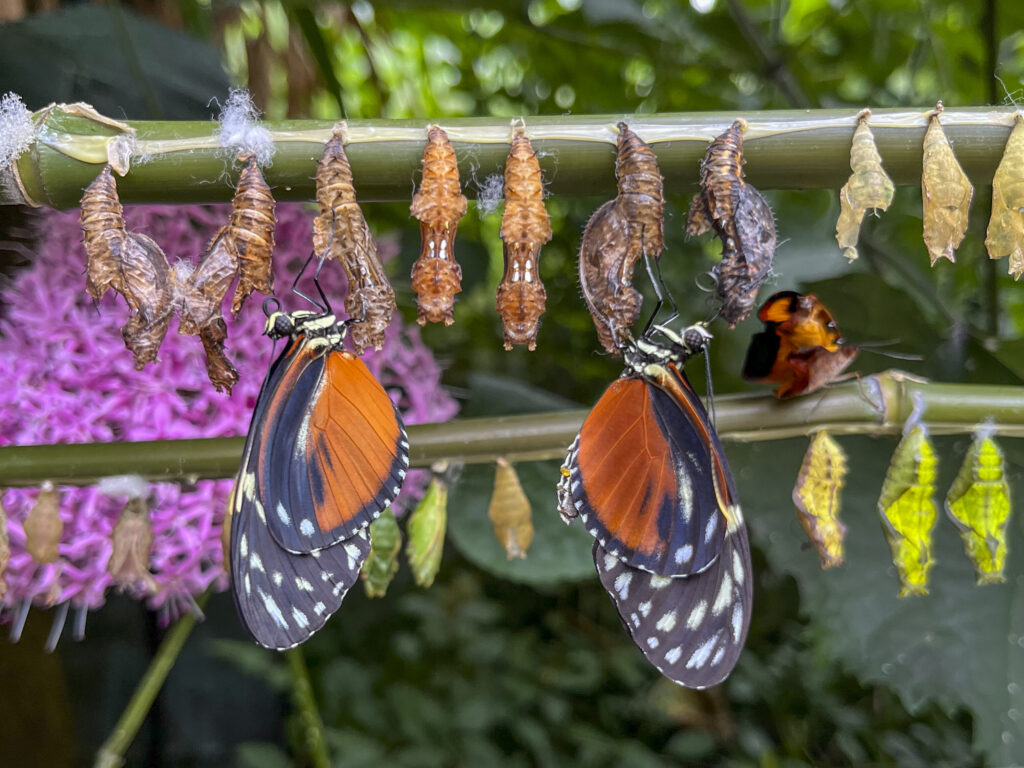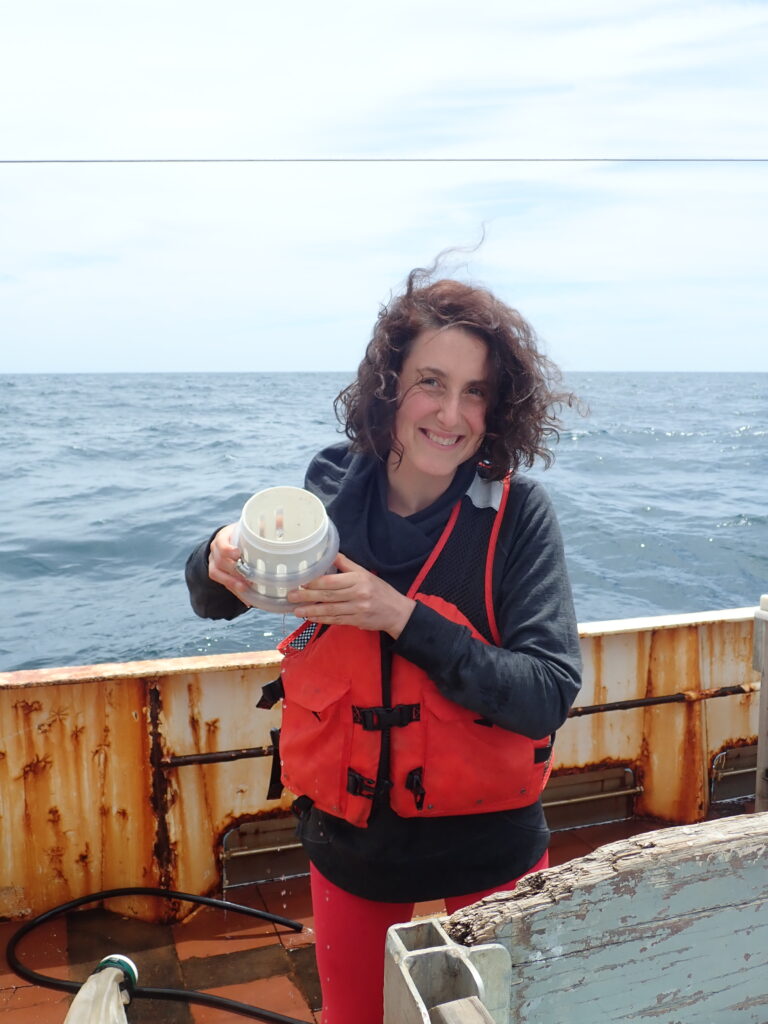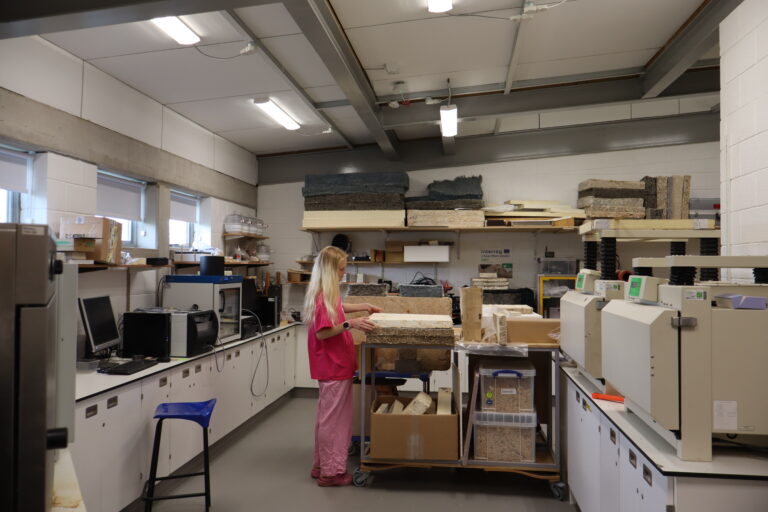For many Brits, butterflies are synonymous with summer – colourful insects that populate our gardens and meadows. But this sight is becoming a rarity as the climate crisis and habitat destruction are pushing British butterflies to the brink.
In 2024, more than half of species in the UK were in long-term decline for the first time, according to the UK Butterfly Monitoring Scheme’s (UKBMS) annual results. Last year was also the second worst on record for the decline of common butterfly populations living in parks, gardens, and other natural areas.
UKBMS attributed the national population decline to pollution, habitat loss, and most pressingly, the climate crisis. Peter Eeles, an award-winning conservationist and lepidopterist – an expert in moths and butterflies – says that the UK’s changing environment is impacting the creatures in a variety of ways.
Wet and overcast weather is having the greatest impact on butterflies. The UK’s summer of 2024 was the coolest in nearly 10 years, according to the Met Office.
“When that happens, there’s less opportunity for butterflies to find a mate,” Eeles explains, as different stages of a butterfly’s life cycle are triggered by temperature and weather conditions.
Butterfly havens, he highlights, are also being lost to housing and industrial developments, but “everyone can do something on an individual basis if you have a garden”.
It’s a tall ask. One in eight households in the UK have no access to a garden, according to 2020 data from the Office for National Statistics.
For people without immediate access to green spaces, community gardening groups are one way of providing habitats for butterflies and other wildlife.
West Ealing Green Spaces (WEGS) has been transforming unused plots of land in the west London borough since 2021.
After noticing a decline in habitats for wildlife in the city, Simone Short, chair of WEGS, says she asked herself: “‘What can we do about it?’ And gardening was the answer.”
Short says that the development was able to go ahead with financial aid from councils and charitable donations, in addition to support from the community including free mulch from local tree surgeons.
Local residents of all ages have also volunteered their time towards the development to bring butterflies and other insects back into their communal spaces.
“Kids will be walking by and they’ll be like, ‘Okay, what do I do?’,” she says. “That’s the best feeling.”
Short encourages volunteers to view gardening as “seeing yourself as part of nature and living in balance with that, as opposed to just ‘what can we take for ourselves and not give back’.”
Every Saturday, the community group meets to enlist the help of locals including André Short, Simone’s partner, who says he has seen the space transform from a littering hotspot to a butterfly haven.
“It was a labour of love,” he says, “we had to first just spend a year or two getting litter out of the space.”
After years spent cleaning and cultivating the plot, the space has now become an unrecognisable sea of green, teeming with insects.
They were here first, and they also need a home
André Short
Having successfully renovated their first green space, the group have now gained permission from Ealing Council to bring life back to other neglected areas across the borough.

“There’s a little corner over there, right across from the park, that needs a little bit of love,” he adds, pointing across the street.
With Butterfly Awareness Day this month, community green spaces are more important than ever in the UK’s effort to provide habitats for its dwindling populations of butterflies.
“People need places to live, and so you need brick and you need concrete,” André Short explains, “but then after that, I think it’s important to have spaces where wildlife is still able to exist.”
“They were here first, and they also need a home.”




